April 16, 2025
Policy & Place
Redefining Opportunity: The Future of Opportunity Zones
“QOZ 2.0 could rewrite the rules of engagement between capital and community—ushering in a new era of place-based investment grounded in accountability, transparency, and shared prosperity.”
— Tony Cho, Founder & CEO, Future of Cities
Last week, Future of Cities had the opportunity to join two dynamic convenings that are helping to shape the next chapter of equitable development: the Miami OZ Summit 2025 at the Frost Science Museum in Downtown Miami hosted by the City of Miami’s Department of Economic Innovation & Development, and the Yellow Brick Road to QOZ 2.0 summit held in Park City, Utah hosted by Greenberg Traurig LLP.
“While the original intent of Opportunity Zones was to support both real estate development and the growth of operating businesses, the current regulatory environment often makes it difficult for startups and existing businesses to thrive. QOZ 2.0 should simplify rules for business qualification to ensure that we are truly fostering local entrepreneurship and economic growth within these communities.” — Jim Lang, Shareholder, Greenberg Traurig, LLP
These two events brought together some of the top minds in Qualified Opportunity Zones & Funds — family offices, developers, policymakers and community advocates to discuss what’s working—and what’s needed—for Opportunity Zones to fulfill their promise.
The goal? To connect capital with projects that are not only profitable, but regenerative—projects that elevate communities, foster resilience, and deliver long-term social value.

Miami OZ Summit 2025
Hosted by the City of Miami’s Department of Economic Innovation & Development, the Miami OZ Summit 2025 opened with remarks from Mayor Francis X. Suarez and U.S. Secretary of Housing & Urban Development highlighting the importance of Public-Private Partnerships, setting the tone for a day centered around community-driven development & economic innovation.
On Public-Private Partnerships
“…local electives have the flexibility to understand and to make the decisions on how they want to build these neighborhoods.”
– US Secretary of Housing & Urban Development (HUD) – Scott Turner
At both events, a clear sense of alignment & agreement emerged among industry leaders, policymakers, and investors: the future of Opportunity Zones must prioritize:
- a long term extension to existing OZ zones with adjustments to the timelines and terms of the program
- innovations in bank incentives to provide more financing into OZs
- simplification of rules & restrictions for greater accessibility and flexibility to operate businesses in OZs
Across panels and presentations, there was strong consensus that these proposed policy updates would create more long-term value and an inclusive framework for investment. By centering local voices and mission-aligned capital, these changes have the potential to transform Opportunity Zones from a financial incentive into a powerful tool for regenerative development, unlocking long-term value in historically underserved neighborhoods.
“In terms of the way we zone our city, we also rely heavily on the private sector. We invite the private sector to the table as visionaries. We set the parameters, we set the rules, the limits but within those rules & limits we think that they have the best capability of visioning neighborhoods, of visioning developments & its worked really well. You were able to see and get a sense of how the city is growing and see how eclectic the neighborhoods are… it’s led to 140% growth from 2015-2024.”
– Mayor of Miami Francis X Suarez
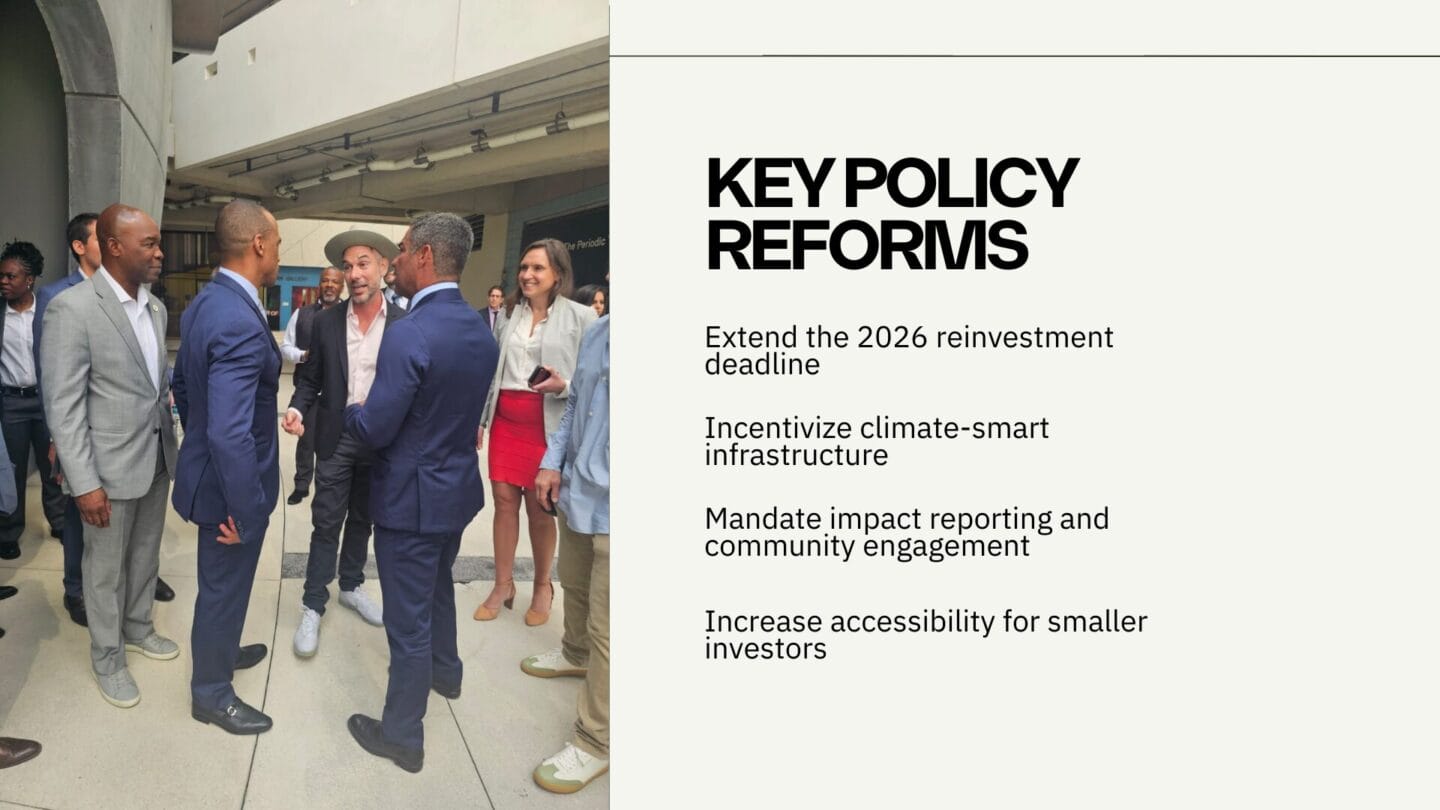
As legislation continues to evolve, so does the understanding of what Opportunity Zones can—and should—be. From climate-resilient infrastructure to culturally-rooted placemaking, this policy could expand far beyond the multifamily model that once defined it & these conversations are only the beginning.
At Future of Cities, with our continued commitment to SDG 11 Sustainable Cities & Communities, we remain committed to reimagining what opportunity truly looks like—on the ground, in policy, and in partnership with the communities we serve.
Our Opportunity Zone Demonstration Projects
“We’ve been investing in Opportunity Zones since the very beginning—not just as developers, but as EcoSystems Thinkers. It’s not enough to build housing. We need to build ecosystems of innovation, equity, and healing.”
— Tony Cho, Founder & CEO, Future of Cities
Future of Cities’ flagship Opportunity Zone demonstration projects include:
PHOENIX ART & INNOVATION DISTRICT
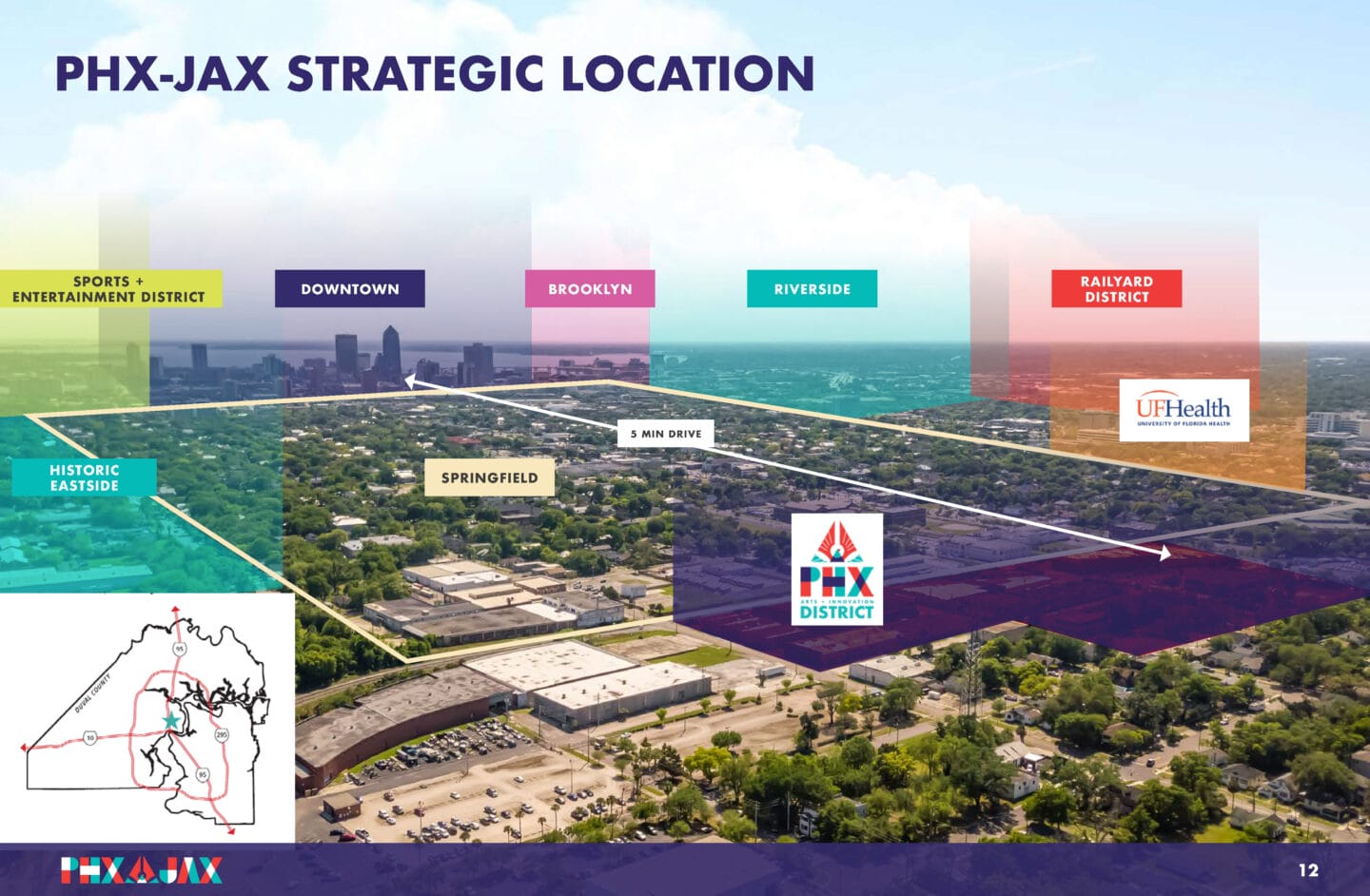
The Phoenix Arts & Innovation District in Springfield, Jacksonville, which is activating local talent and culture to catalyze creative economies & small business incubation along with tackling access to affordable housing and healthy food in an urban food desert.
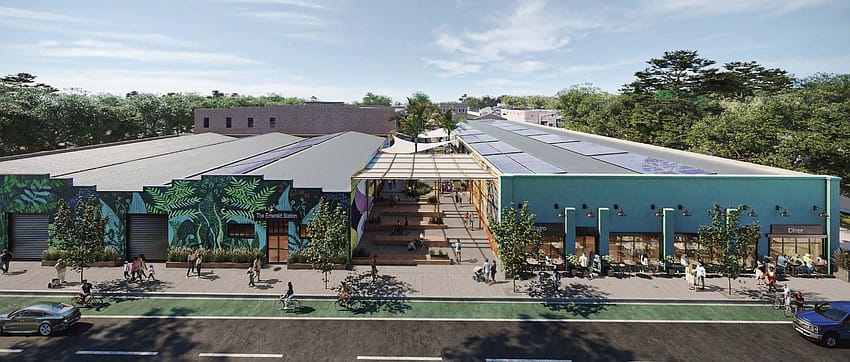
CLIMATE & INNOVATION HUB
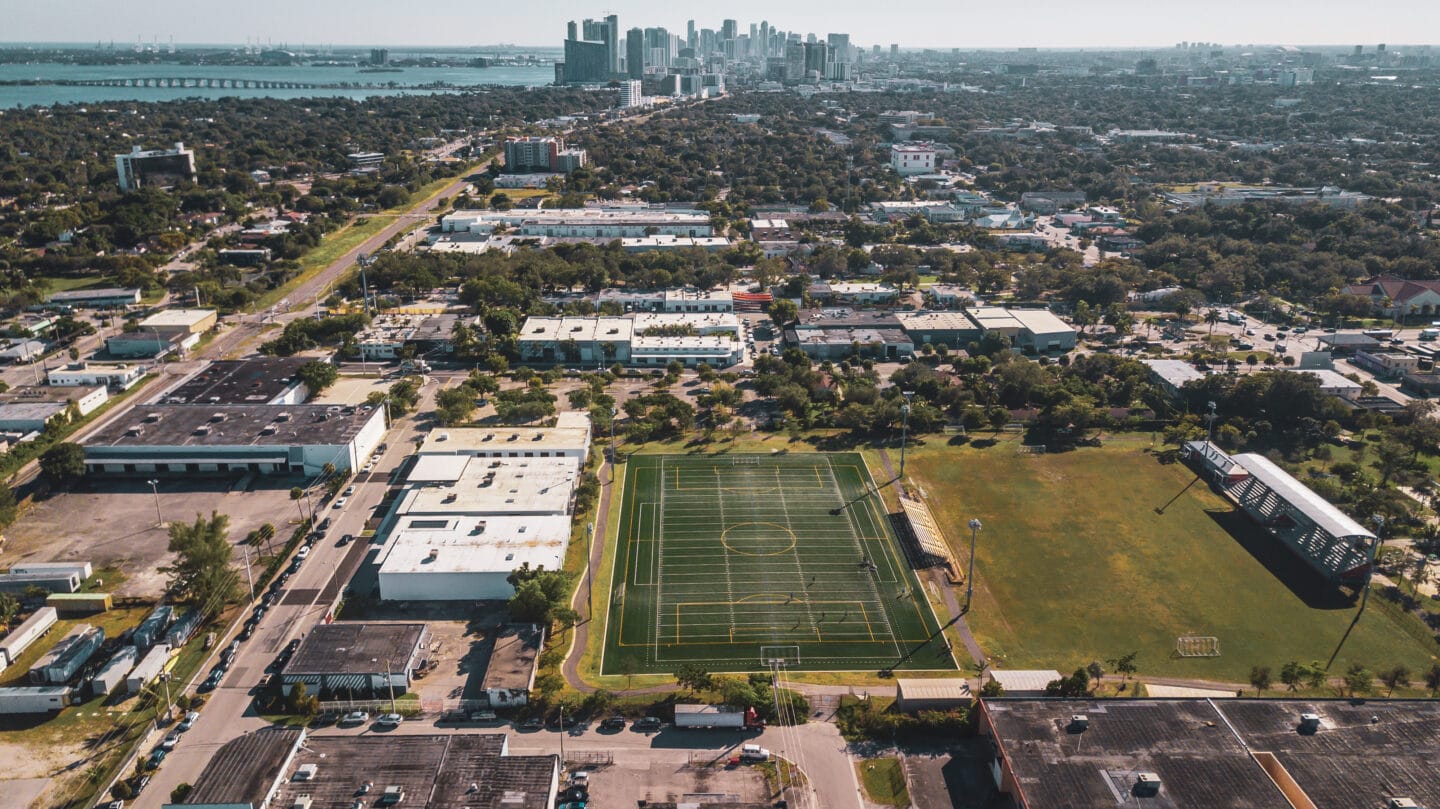
The Climate & Innovation HUB in Little Haiti, Miami, a regenerative placemaking campus designed to support circular economies, innovation, climate tech, and community collaboration.
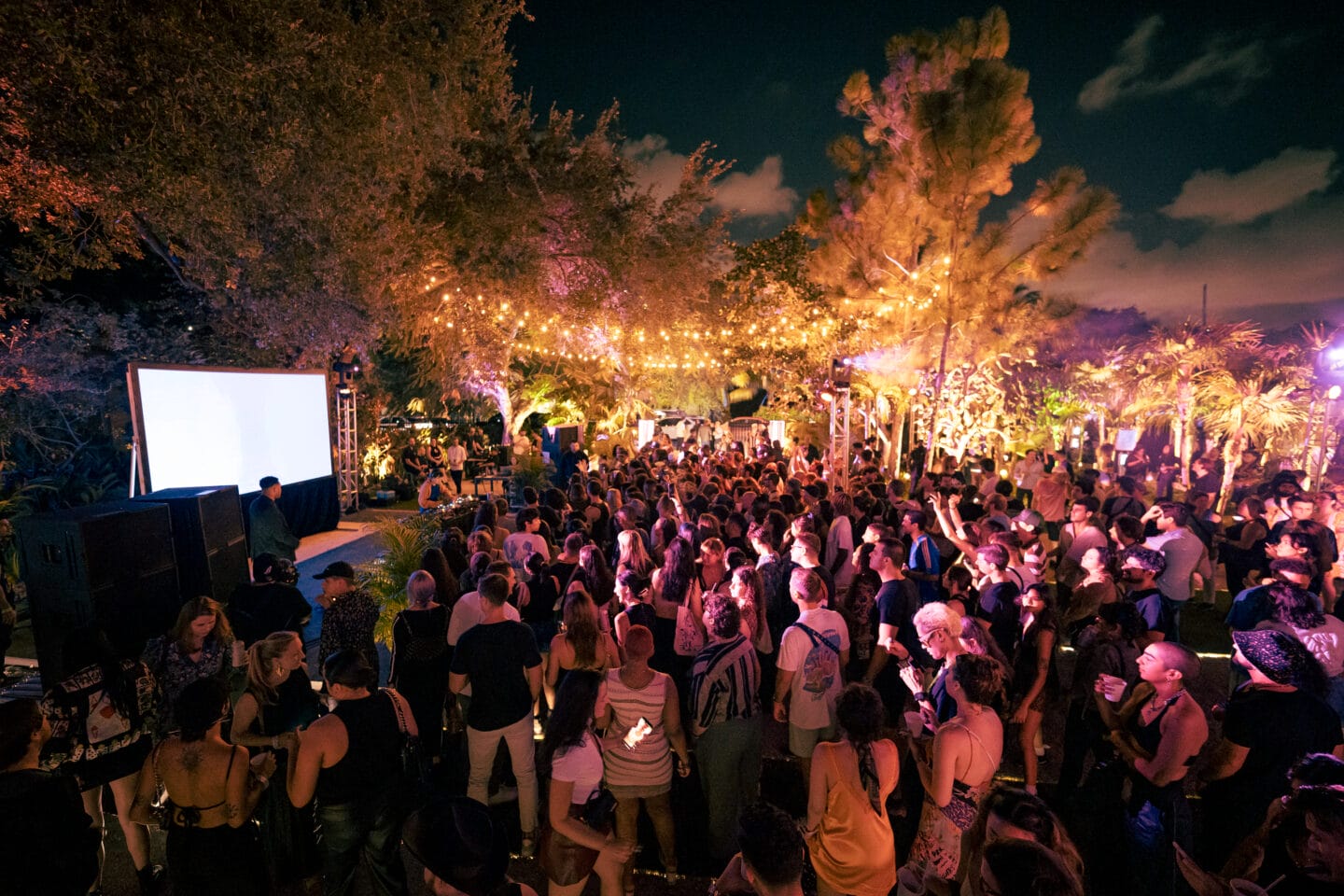
Subscribe to Regenerative Living Substack
“The magic of resilient & regenerative cities lies not just in buildings, but in the people who inhabit them. We have to move beyond transactional development to something transformational.”
— Tony Cho
Get Tony’s personal insights, policy breakdowns, and behind-the-scenes updates on regenerative living, purpose-driven leadership, and what it really takes to build the future of cities. Subscribe to the substack to receive upcoming insights & updates directly to your inbox.
